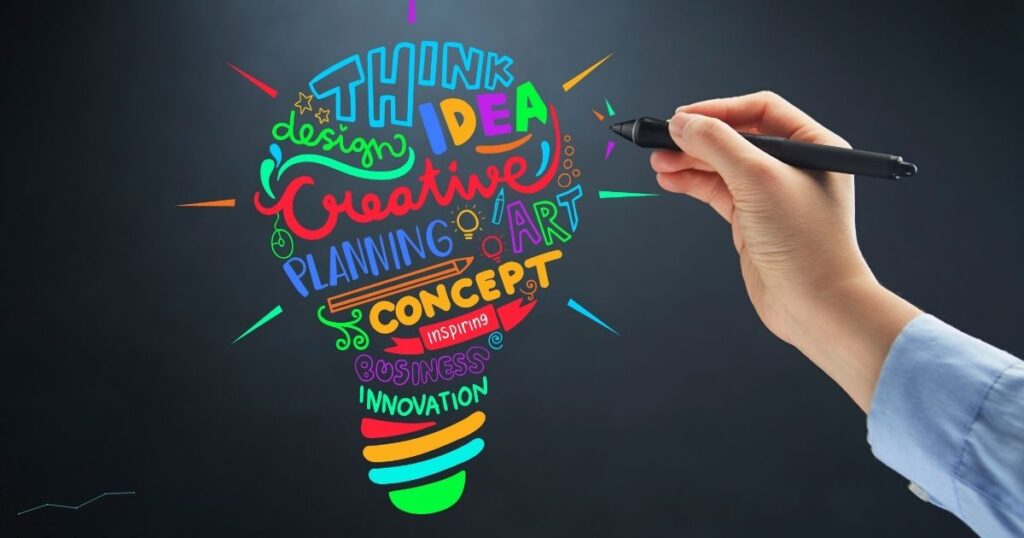
Adapt to Emerging Learning Trends
I’ve seen firsthand how the landscape of learning is transforming.
My child, for instance, used Khan Academy to tackle subjects that were giving them a hard time in school. The bite-sized videos and interactive exercises made learning not just manageable but actually fun.
And then there’s DuoLingo, a tool I’ve dabbled with myself, turning the daunting task of learning a new language into a daily game-like challenge.
Both examples underscore a powerful shift in how we approach education today.
Do you want to stay agile, to keep your learning tools as updated as the skills they’re intended to teach? In an ever-evolving world, being able to quickly adapt to new methods of learning is as crucial as the learning itself.1
Many of us get comfortable with the traditional ways we were taught: sitting in a classroom, reading textbooks, and taking notes. But these methods aren’t always effective in today’s fast-paced, technology-driven world. We stick to what we know, and we miss out on innovative solutions that could address our learning challenges more efficiently.
Learning is evolving because our needs are evolving.
New platforms like Khan Academy or DuoLingo aren’t just trendy; they meet learners where they are, with flexibility and interactive technologies that make learning stick. They are answers to our common problems: lack of time, difficulty accessing resources, or simply the need for a more engaging way to learn.
Actively seek out and embrace these new learning trends. Be open to change and willing to experiment with new tools that can enhance our learning effectiveness.
Start by exploring one new learning platform this month.
If you want to brush up on a foreign language, try DuoLingo. If you need to deepen your knowledge in a professional area, check out courses on Khan Academy or Coursera.
Spend some time each day with these tools and notice how they differ from your previous learning experiences.
What works better?
What doesn’t?
Keep what’s effective, and stay curious about new possibilities. Remember, the aim is not just to keep up with trends, but to find the ones that can truly enhance the way you learn.
Want to learn more? Explore the Science of Strategic Learning.
Speed Up Your Learning
Stimulate Your Creative Thinking
Manage Stress in High-Stakes Learning
Create a Personal Learning Playbook
- Consider microlearning. ↩︎




Adapting to new learning trends doesn’t mean we should stop using what has always worked. I use ChatGPT and really appreciate its capabilities. I once thought, “With this tool, I could write a book in just a day or two.” And truthfully, that’s quite feasible.
However, my goal isn’t just to write any book. I aim to create something practical and truly useful. Achieving this takes more time. A book isn’t just about covering a topic, which ChatGPT can do quickly. It’s meant to serve and resonate with real people.
This means I need to engage with people directly. I must understand their needs, values, and challenges. My writing starts where they are and aims to guide them to where they want to be. Thus, I still rely on my traditional tools like index cards, notebooks, and pens, alongside digital tools like Evernote.
While AI like ChatGPT can speed up my writing process, it can’t replace the deep, meaningful experiences that come from learning with and from others.